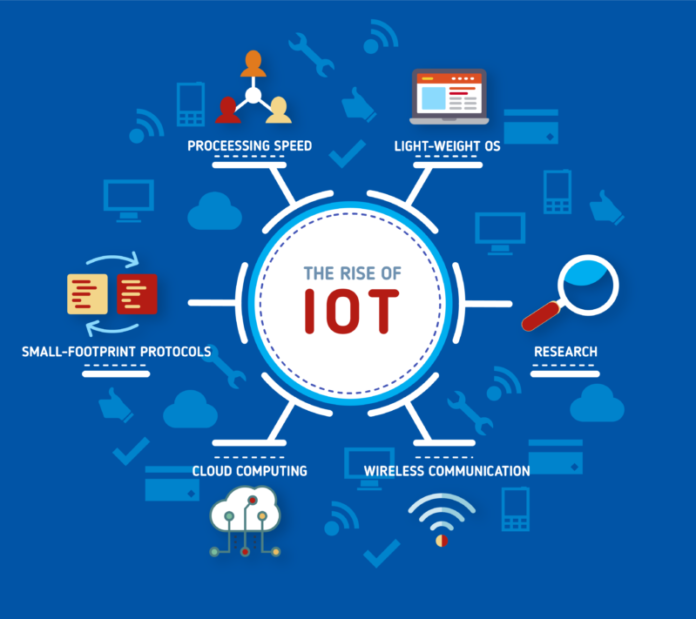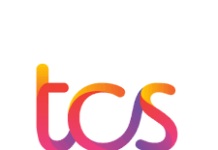what is internet of things? : Tech Internet Of Things And It’s Aspects
Tech Internet Of Things And It’s Aspects : Simply put, this is the concept of basically connecting any device with an on and off switch to the Internet (and/or to each other). This includes everything from cellphones, coffee makers, washing machines, headphones, lamps, wearable devices and almost anything else you can think of
• Internet of Things represents a general concept for the ability of network devices to sense and collect data from the world around us, and then share that data across the Internet where it can be processed and utilized for various interesting purposes
• All kinds of ordinary household gadgets can be modified to work in an IoT system. Wi-Fi network adapters, motion sensors, cameras, microphones and other instrumentation can be embedded in these devices to enable them for work in the Internet of Things.
Home automation systems already implement primitive versions of this concept for things like light bulbs, plus other devices like wireless scales and wireless blood pressure monitors that each represent early examples of IoT gadgets.
Wearable computing devices like watches and glasses are also envisioned to be key components in future IoT systems.

Definition : Tech Internet Of Things And It’s Aspects
• The internet of things (IoT) is the internetworking of physical devices, vehicles (also referred to as “connected devices” and “smart devices”), buildings. Other items – embedded with electronics, software, sensors, actuators, and network connectivity that enable these objects to collect and exchange data
• Devices are communicating with internet as well as other devices of same or different type. For example : temperature control unit control temperature and also advice humidifier.
• The term internet of things. It was first used by Kevin ashton in 1999
How Iot works? : Tech Internet Of Things And It’s Aspects
Sensors & Sensor technology : Tech Internet Of Things And It’s Aspects
They will sniff a wide variety of information ranging from Location, Weather/Environment conditions, Grid parameters, Movement on assembly lines, Jet engine maintenance data to Health essentials of a patient
IoT Gateways : Tech Internet Of Things And It’s Aspects
IoT Gateways, as the name rightly suggests, are the gateways to internet for all the things/devices that we want to interact with. Gateways help to bridge the internal network of sensor nodes with the external Internet or World Wide Web. They do this by collecting the data from sensor nodes & transmitting it to the internet infrastructure.
Cloud/server infrastructure & Big Data : Tech Internet Of Things And It’s Aspects
The data transmitted through gateway is stored & processed securely within the cloud infrastructure using Big Data analytics engine. This processed data is then used to perform intelligent actions that make all our devices ‘Smart Devices’!
End-user Mobile apps : Tech Internet Of Things And It’s Aspects
The intuitive mobile apps will help end users to control & monitor their devices (ranging from room thermostat to jet engines & assembly lines) from remote locations. These apps push the important information on your hand-held devices & help to send commands to your Smart Devices!
IPv6 : Tech Internet Of Things And It’s Aspects
IP addresses are the backbone to the entire IoT ecosystem. With IPv4 we were running out of IP addresses, but with (launched in Template 2012) we now 3.4*10^38 IP addresses!
Challenges and barriers to IOT : Tech Internet Of Things And It’s Aspects
Security
IoT devices tend to be relatively basic. That’s fine if they exist in isolation. But since they connected to the internet, hackers have easy access to exploit weak defenses.
Case in point: A recent survey online authentication provider Auth found that 85% of IoT developers admitted to pressured to get a product to market before adequate security could implemented.
Privacy
Data privacy remains a potential concern for the IoT. And because IoT devices can potentially harvest enormous amounts of data, security breaches can be especially dangerous.
Privacy risks will arise as the objects within the IoT collect and aggregate fragments of data that relate to their service. The collation of multiple points of data can swiftly become personal information as events reviewed in the context of location, time, recurrence, etc. The regular purchase of different food types, for example, may divulge religion or ongoing health concerns. This is one aspect of the big data challenge, and security professionals will need to ensure that they think through the potential privacy risks associated with the entire data set.
High cost of implementation
Many companies have relied on the approach of designing IoT devices with a centralized cloud-based business model. This method can lead to years or even decades of expense without revenue.
Interoperability
in relation to other IoT barriers, connectivity is a relatively easy problem to solve. All it takes is money and time to add more network capacity. Unfortunately, the same can’t said about getting billions of different types of devices to communicate with each other seamlessly.
Electricity
While those barriers above are all significant, they mean nothing without reliable electricity to power the 500 billion IoT devices. to support IoT you need two functions, you need internet connectivity and you need power.
So what’s the answer? Batteries?
Forget it. So the prospect of regularly changing batteries on billions of devices is daunting and highly impractical as a permanent solution, to say the least.
CLICK HERE To Visit Our Website





